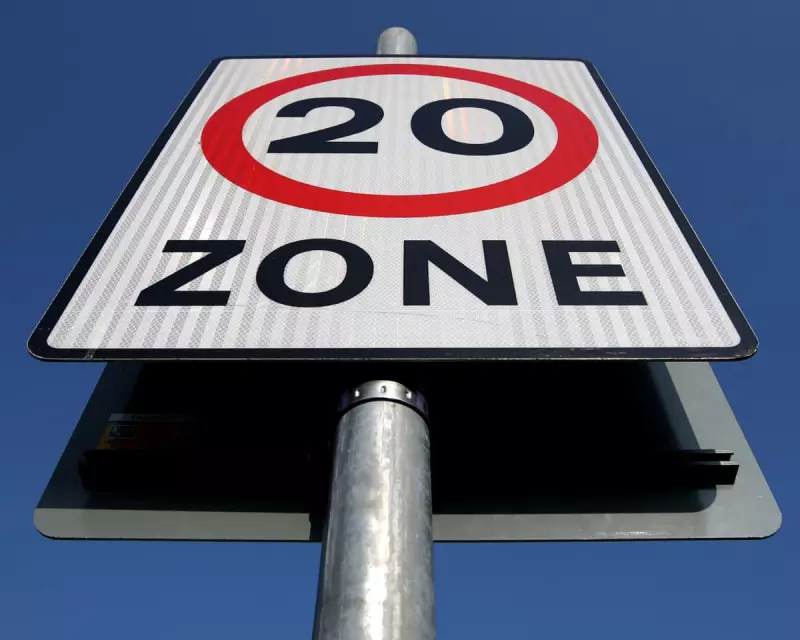
Britain’s streets are undergoing a quiet revolution as 20mph speed limits become the norm in towns and cities across the country. This shift isn’t just about slowing down drivers—it’s a proven strategy to save lives, reduce injuries, and create safer, more pleasant communities.
The Science Behind Slower Streets
Research consistently shows that lower speeds dramatically improve road safety. At 20mph, the risk of fatal collisions drops significantly compared to traditional 30mph zones. A pedestrian hit at 20mph has a 90% chance of survival; at 30mph, that figure plummets to just 50%.
Where 20mph Works Best
These zones are most effective in:
- Residential areas
- High streets with heavy foot traffic
- Areas near schools and playgrounds
- Locations with high cyclist numbers
Public Support Growing
While initial rollout faced some opposition, surveys now show majority backing for 20mph limits where appropriate. Residents report:
- Less traffic noise
- More children playing outdoors
- Increased cycling and walking
- Improved air quality
The Future of Urban Mobility
As Britain reimagines its streets, 20mph zones are becoming a cornerstone of urban planning. With benefits ranging from safety to sustainability, this traffic calming measure is here to stay—and expand.





